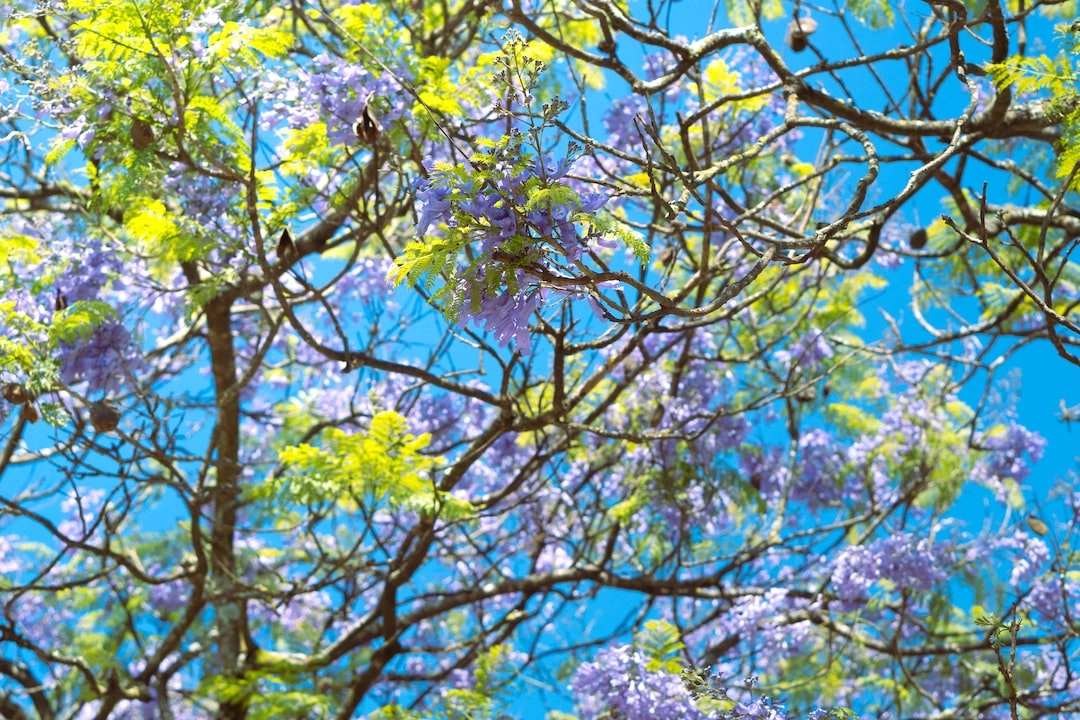
What is Natural Dyeing?
Natural dyeing is a centuries-old practice of coloring fabrics and fibers using dyes derived from plant-based sources.
Exploring Natural Dyeing Techniques
There are several techniques utilized in natural dyeing, each with its own unique characteristics:
1. Plant Extraction
In this technique, colorants are extracted from various plant sources such as leaves, flowers, roots, or bark. The extracted dyes are then used to dye fabrics, resulting in beautiful, subtle hues.
2. Eco-Printing
Eco-printing involves placing plant materials onto fabric, bundling it tightly, and then steaming or simmering it. This process allows the natural pigments from the plants to transfer onto the fabric, creating intricate and unpredictable patterns.
3. Indigo Dyeing
Indigo is a plant that produces a vivid blue color. Indigo dyeing involves a fermentation process to extract the dye from the leaves. Fabrics dipped in the indigo vat undergo a magical transformation as they change from green to blue upon exposure to the air.
Real-World Problems Associated with Natural Dyeing
Although natural dyeing is a sustainable alternative to synthetic dyes, there are challenges that need to be addressed:
1. Limited Color Range
Natural dyes provide a beautiful range of earthy tones, but they often lack the bold and vibrant colors achievable with synthetic dyes. This limitation restrains the fashion and textile industry in meeting diverse consumer demands.
2. Availability and Consistency
The availability and consistency of plant-based dye sources can be unpredictable. Factors such as weather conditions and seasonal variations can impact the quantity and quality of dye-producing plants. This poses challenges for large-scale production and commercial viability.
3. Colorfastness and Durability
In many cases, natural dyes are less resilient to fading when exposed to sunlight or with repeated washing. Achieving colorfastness and durability remains a challenge, requiring further research and experimentation.
4. Cost Considerations
The cost of natural dyes can be higher than synthetic dyes, mainly due to the labor-intensive process of extraction and the limited availability of certain dye sources. This cost factor can be a barrier to the widespread adoption of natural dyeing techniques.
5. Scaling Up Production
As the demand for sustainable and eco-friendly textiles increases, there is a need to scale up the production of natural dyes. This poses challenges in terms of land requirements, optimizing cultivation techniques, and establishing reliable supply chains.
Conclusion
Despite these challenges, natural dyeing offers a beautiful and environmentally conscious way to color fabrics. Ongoing research and innovation in the field will help address these problems, making natural dyeing a more accessible and viable option for the fashion and textile industry.

Solutions for Natural Dyeing Challenges
Despite the real-world problems associated with natural dyeing, there are potential solutions that can help overcome these challenges:
1. Research and Innovation
Continued research and innovation in natural dyeing techniques can lead to the discovery of new color sources, improved colorfastness, and enhanced durability. This will expand the range of colors achievable and address the limitations in color vibrancy.
2. Cultivation and Harvesting Practices
Implementing sustainable cultivation practices and exploring alternative sources of dye-producing plants can help address the issue of availability and consistency. This includes exploring non-traditional plants and utilizing agroforestry techniques for controlled and sustainable harvesting.
3. Collaboration and Knowledge Sharing
Encouraging collaboration and knowledge sharing among researchers, practitioners, and communities involved in natural dyeing can accelerate the development and adoption of best practices. This can help address issues related to scaling up production, cost considerations, and improving colorfastness.
4. Consumer Education and Awareness
Creating awareness among consumers about the benefits and value of natural dyeing can drive demand for sustainable and eco-friendly textiles. Educating consumers about the unique characteristics and beauty of naturally dyed fabrics can lead to increased acceptance and support.
5. Policy Support
Government policies that promote sustainable and environmentally friendly practices can incentivize the adoption of natural dyeing techniques. This can include providing research funding, supporting small-scale artisans, and creating regulations that encourage the use of natural dyes in textile production.
Conclusion
By implementing these solutions, the challenges associated with natural dyeing can be addressed. This will pave the way for a more sustainable and vibrant future in the fashion and textile industry, where natural dyes can be embraced as a viable and eco-friendly alternative to synthetic dyes.















